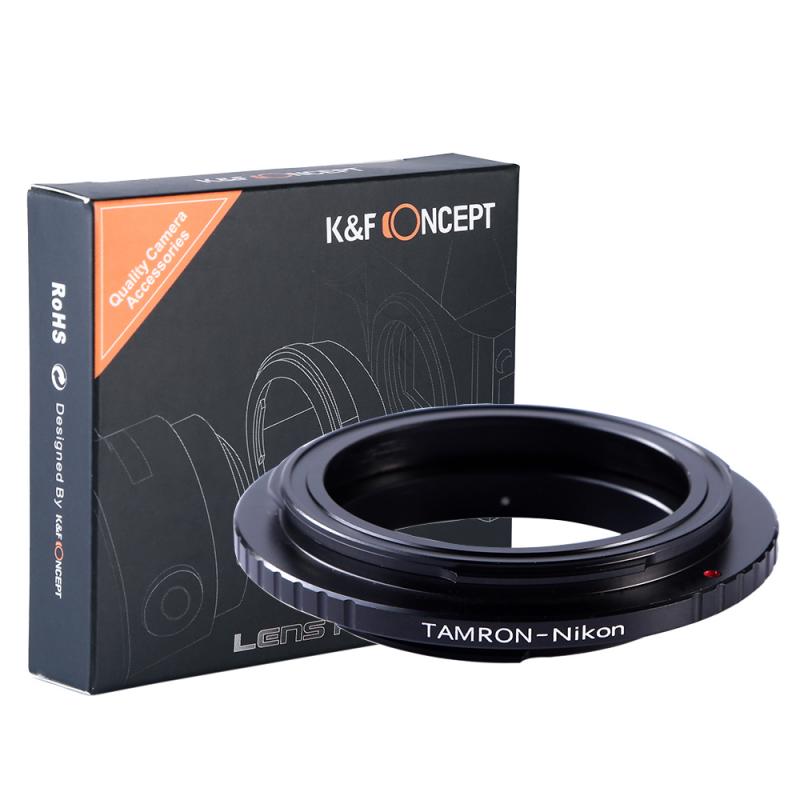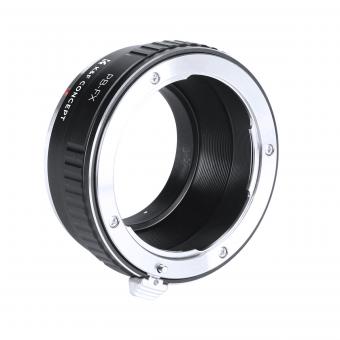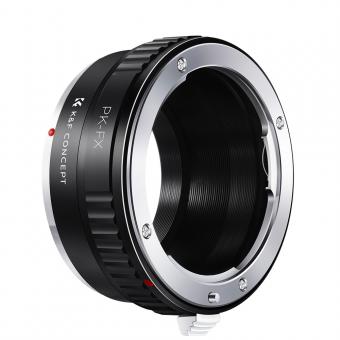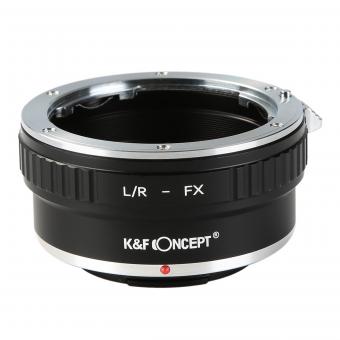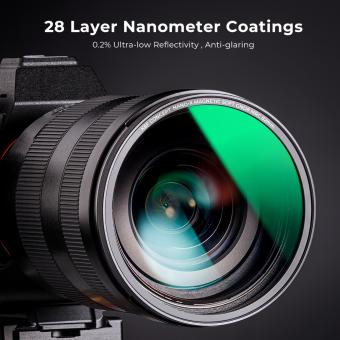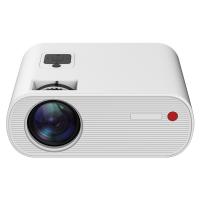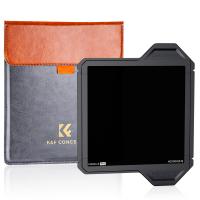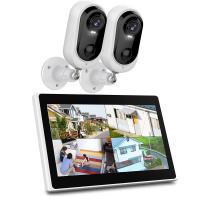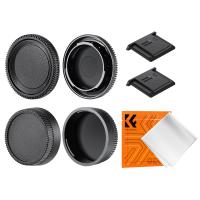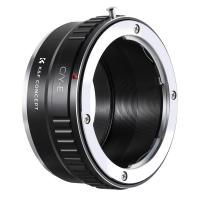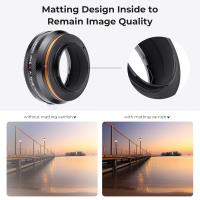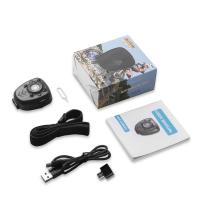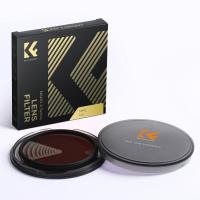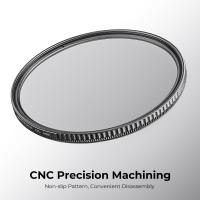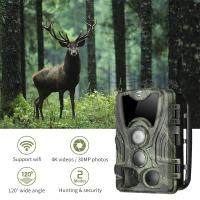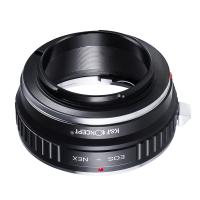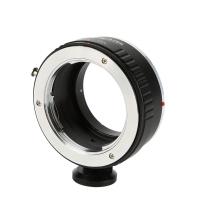What Lens Do I Need For My Camera ?
The lens you need for your camera depends on your specific requirements and the type of photography you intend to do. Different lenses have different focal lengths and features that cater to various shooting scenarios. For example, if you are interested in landscape photography, a wide-angle lens may be suitable, while a telephoto lens might be more appropriate for wildlife or sports photography. It is recommended to research and consider factors such as focal length, aperture, image stabilization, and compatibility with your camera model before making a decision. Additionally, seeking advice from experienced photographers or consulting camera manufacturer's recommendations can help you choose the right lens for your camera.
1、 Understanding camera lens types and their functionalities.
Understanding camera lens types and their functionalities is crucial for capturing the best possible photographs. The lens you need for your camera depends on the type of photography you want to pursue and the specific requirements of your subjects.
There are several types of camera lenses available, each with its own unique characteristics. The most common lens types include prime lenses, zoom lenses, wide-angle lenses, telephoto lenses, and macro lenses. Prime lenses have a fixed focal length, offering excellent image quality and low-light performance. Zoom lenses, on the other hand, provide a range of focal lengths, allowing you to zoom in and out without changing lenses.
Wide-angle lenses are ideal for landscape and architectural photography, as they capture a wider field of view. Telephoto lenses, on the other hand, are perfect for sports and wildlife photography, as they allow you to get close to the action from a distance. Macro lenses are designed for close-up photography, enabling you to capture intricate details of small subjects like flowers or insects.
When choosing a lens, consider factors such as aperture, focal length, and image stabilization. Aperture determines the amount of light that enters the lens, affecting the depth of field and low-light performance. Focal length determines the magnification and field of view, while image stabilization helps reduce camera shake and blur.
It's also important to consider the compatibility of the lens with your camera's mount. Different camera brands have their own lens mounts, so ensure that the lens you choose is compatible with your camera.
In conclusion, understanding camera lens types and their functionalities is essential for selecting the right lens for your camera. Consider your photography needs and the specific characteristics of each lens type to make an informed decision. Additionally, staying updated with the latest advancements in lens technology can provide valuable insights into the latest point of view on lens selection.
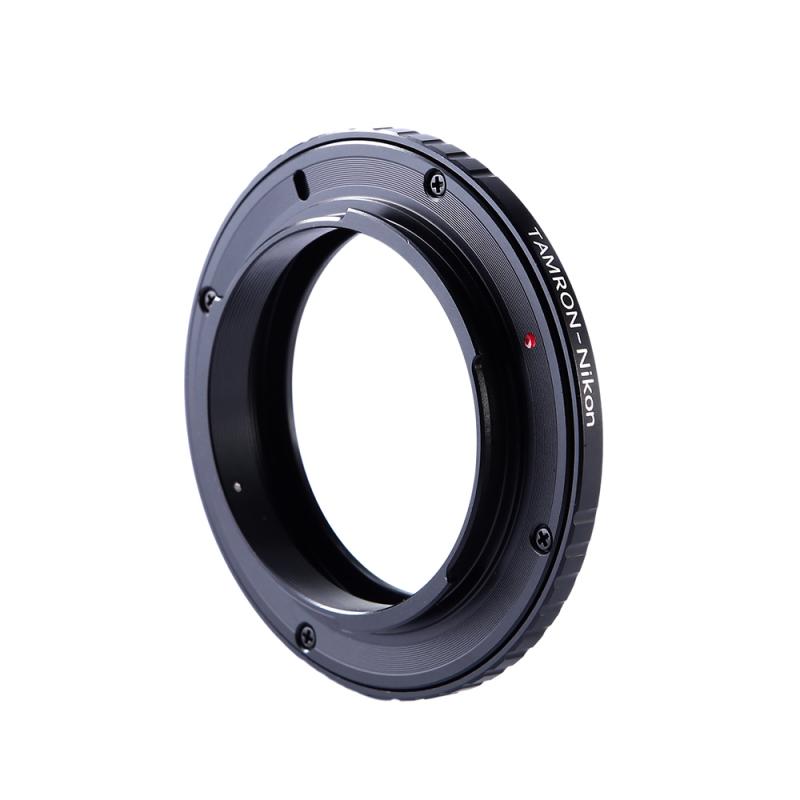
2、 Factors to consider when choosing a lens for your camera.
Factors to consider when choosing a lens for your camera:
1. Purpose: Determine the type of photography you will be primarily engaged in. Are you interested in landscape, portrait, wildlife, or macro photography? Each genre may require a different lens with specific focal lengths and capabilities.
2. Focal Length: The focal length of a lens determines its angle of view and magnification. A wide-angle lens (typically 10-35mm) is suitable for capturing expansive landscapes, while a telephoto lens (typically 70-200mm or longer) is ideal for wildlife or sports photography. A standard lens (around 50mm) is versatile for everyday use.
3. Aperture: The aperture of a lens affects its ability to gather light and control depth of field. A wider aperture (lower f-number) allows for better low-light performance and creates a shallow depth of field, ideal for portraits or artistic shots. However, lenses with wider apertures tend to be more expensive.
4. Compatibility: Ensure that the lens you choose is compatible with your camera's mount. Different camera brands have their own lens mounts, so make sure the lens you select is designed for your specific camera model.
5. Budget: Consider your budget when choosing a lens. High-quality lenses can be quite expensive, but they often offer superior image quality and durability. However, there are also more affordable options available that can still produce excellent results.
6. Reviews and Recommendations: Read reviews and seek recommendations from other photographers or online communities. This can provide valuable insights into the performance and reliability of different lenses.
7. Future-proofing: Consider your long-term goals and whether you plan to upgrade your camera body in the future. Investing in lenses that are compatible with a range of camera bodies can save you money in the long run.
In conclusion, choosing the right lens for your camera involves considering factors such as purpose, focal length, aperture, compatibility, budget, reviews, and future-proofing. It is important to research and understand your specific needs as a photographer to make an informed decision.
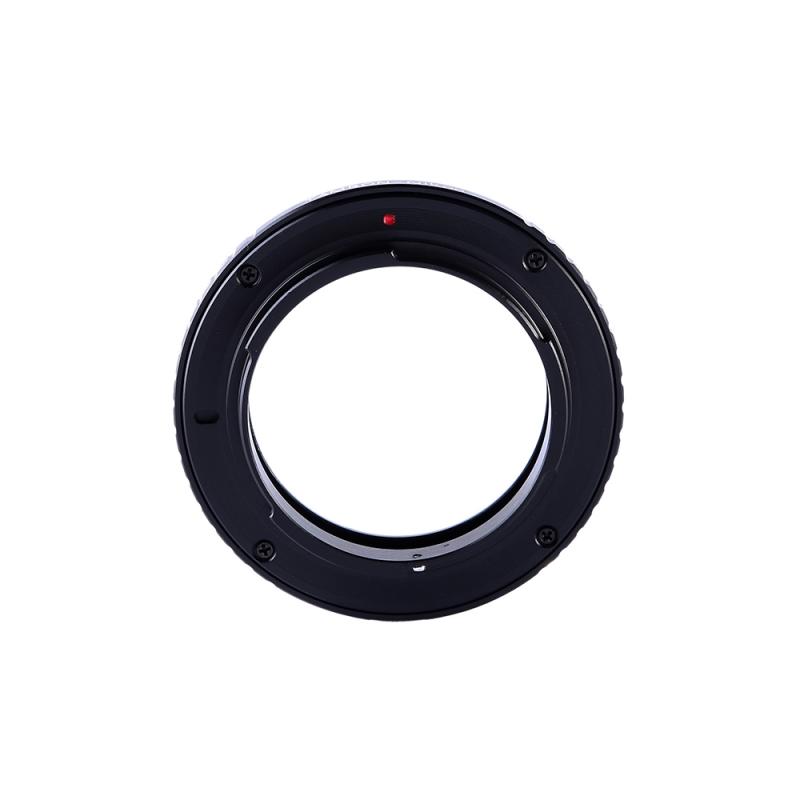
3、 Different lens options for various photography genres.
Different lens options for various photography genres.
When it comes to choosing the right lens for your camera, it largely depends on the type of photography you are interested in. Different genres require different lenses to capture the best possible images. Here are some lens options for various photography genres:
1. Portrait Photography: For capturing stunning portraits, a prime lens with a focal length between 50mm and 85mm is ideal. These lenses offer a wide aperture, allowing you to create a shallow depth of field and achieve beautiful background blur, also known as bokeh.
2. Landscape Photography: Wide-angle lenses are perfect for capturing expansive landscapes. A lens with a focal length between 10mm and 24mm will allow you to capture a wider field of view, emphasizing the vastness of the scenery. Additionally, a lens with a smaller aperture, such as f/8 or f/11, will ensure that the entire scene is in focus.
3. Wildlife Photography: When photographing wildlife, a telephoto lens with a long focal length is essential. A lens with a focal length of 200mm or more will allow you to get close-up shots of distant subjects without disturbing them. Image stabilization technology can also be beneficial to reduce camera shake when shooting handheld.
4. Macro Photography: To capture intricate details of small subjects, a macro lens is necessary. These lenses have a high magnification ratio and a close focusing distance, allowing you to capture tiny details with exceptional clarity. A focal length between 60mm and 105mm is commonly used for macro photography.
5. Street Photography: For capturing candid moments on the streets, a versatile prime lens with a focal length between 35mm and 50mm is recommended. These lenses are lightweight, compact, and offer a natural field of view, making them perfect for capturing everyday life in urban environments.
It's important to note that lens options can vary depending on the camera brand and model. Additionally, advancements in lens technology continue to provide photographers with new options and features. Therefore, it's always a good idea to research and stay updated on the latest lens releases and reviews to make an informed decision based on your specific needs and budget.
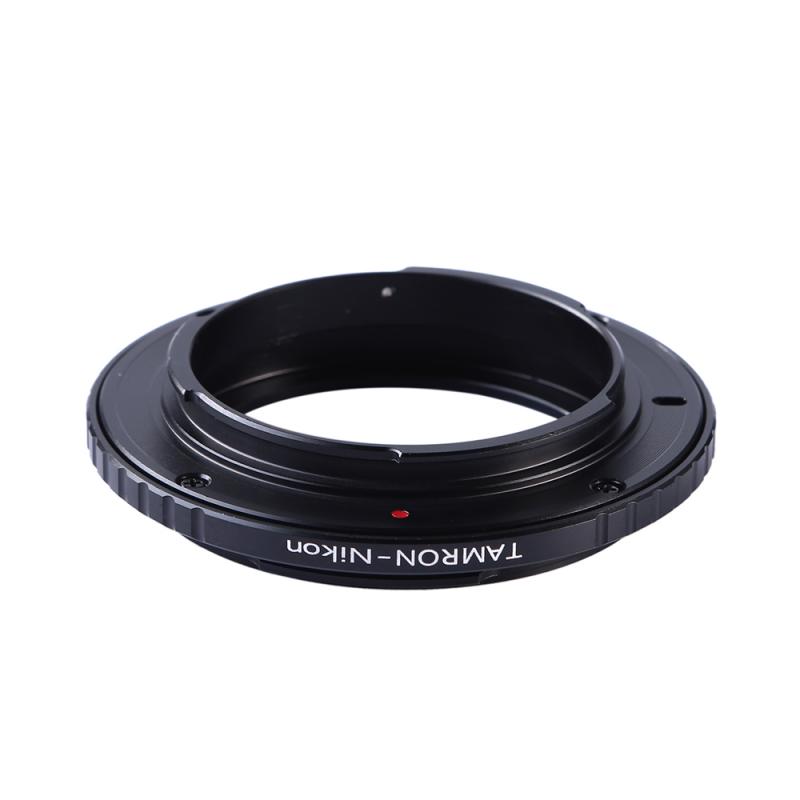
4、 Exploring prime lenses vs. zoom lenses and their advantages.
Exploring prime lenses vs. zoom lenses and their advantages.
When it comes to choosing a lens for your camera, there are two main options to consider: prime lenses and zoom lenses. Each type has its own advantages and it ultimately depends on your specific needs and shooting style.
Prime lenses have a fixed focal length, meaning they cannot zoom in or out. This limitation may seem restrictive at first, but prime lenses offer several advantages. Firstly, they tend to have wider maximum apertures, allowing for better low-light performance and the ability to achieve a shallow depth of field. This makes prime lenses ideal for portrait photography or situations where you want to isolate your subject from the background. Additionally, prime lenses are generally smaller, lighter, and less expensive than their zoom counterparts.
On the other hand, zoom lenses offer versatility by allowing you to adjust the focal length within a given range. This flexibility makes them suitable for a wide range of photography genres, from landscapes to sports. Zoom lenses are particularly convenient when you don't have the luxury of physically moving closer or further away from your subject. However, they often have smaller maximum apertures compared to prime lenses, which can limit their performance in low-light conditions.
In recent years, there have been significant advancements in lens technology. Manufacturers have been producing high-quality zoom lenses with wider apertures, narrowing the gap between prime and zoom lens performance. Additionally, some zoom lenses now offer image stabilization, which can be beneficial for handheld shooting in challenging lighting conditions.
Ultimately, the lens you need for your camera depends on your specific requirements and shooting style. If you prioritize image quality, low-light performance, and affordability, a prime lens may be the way to go. However, if versatility and convenience are more important to you, a zoom lens might be a better choice. It's always a good idea to research and test different lenses to find the one that best suits your needs.
